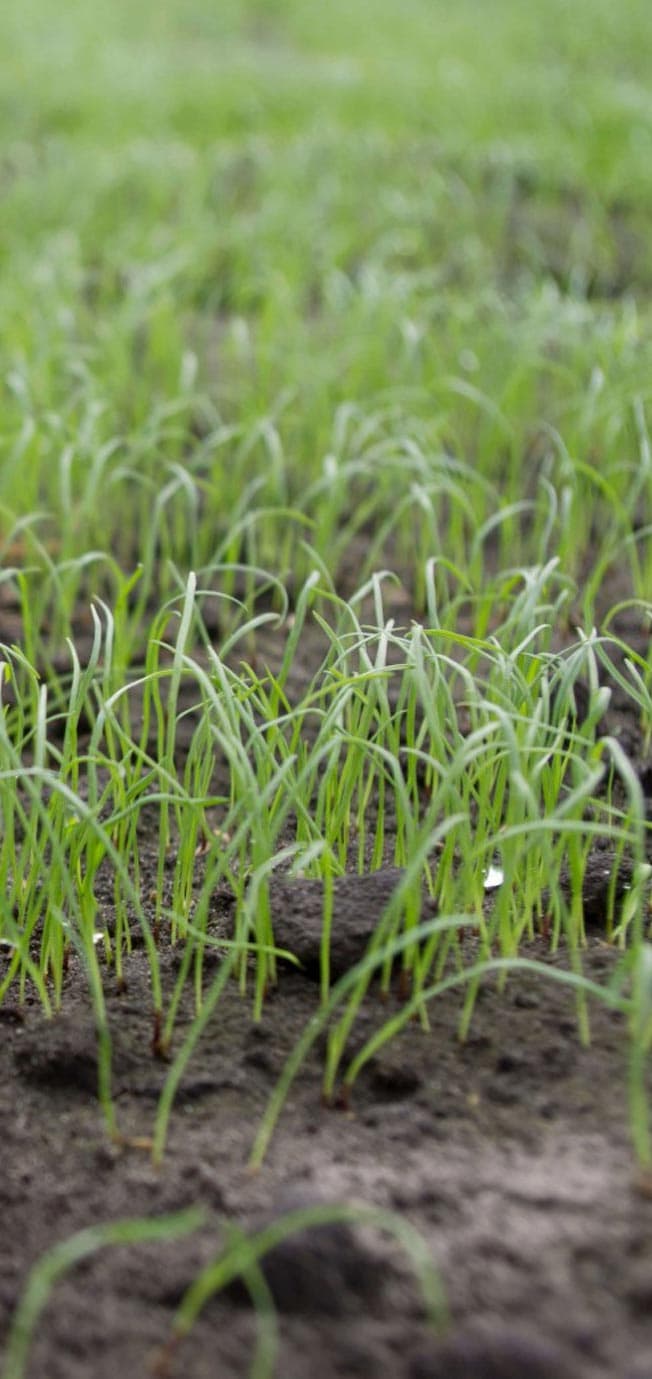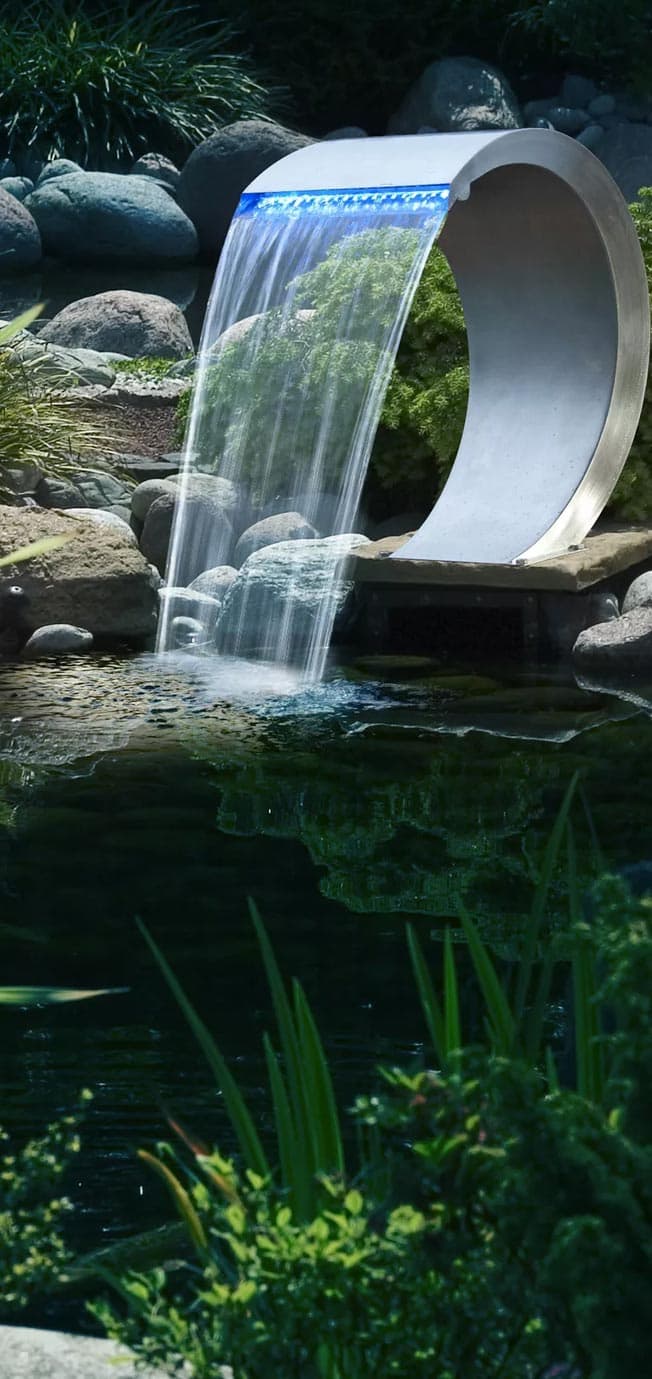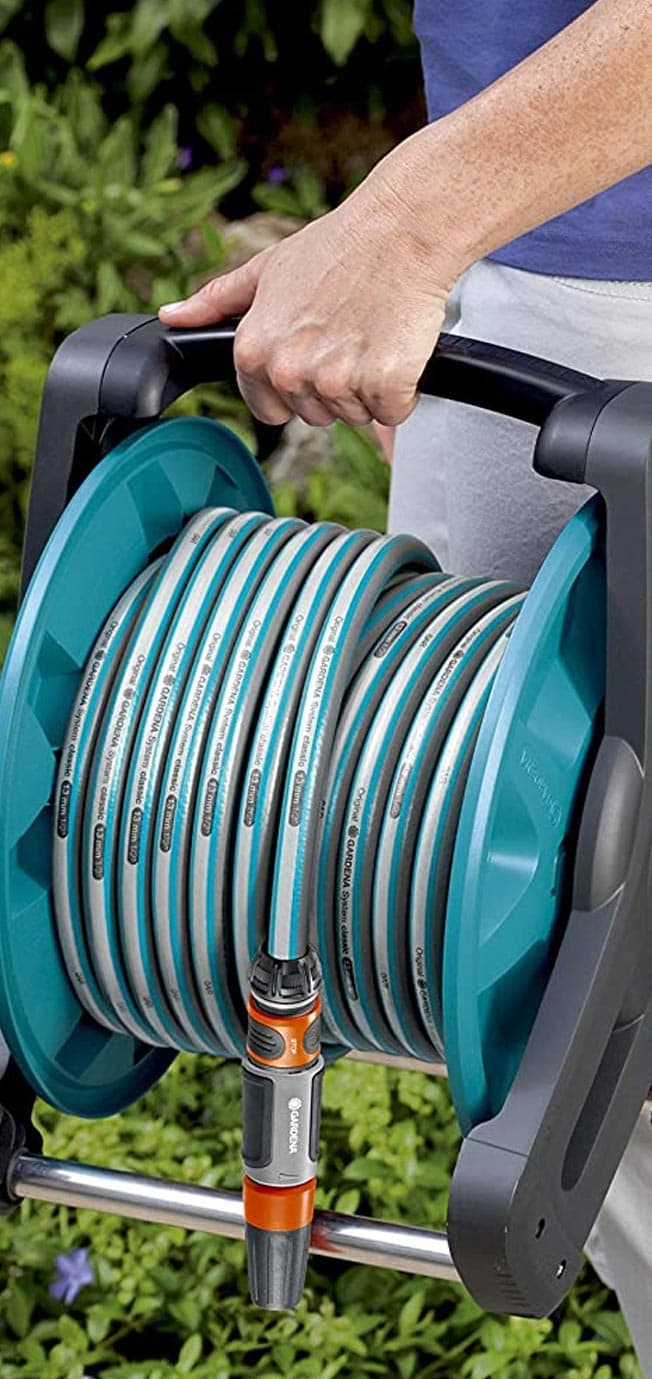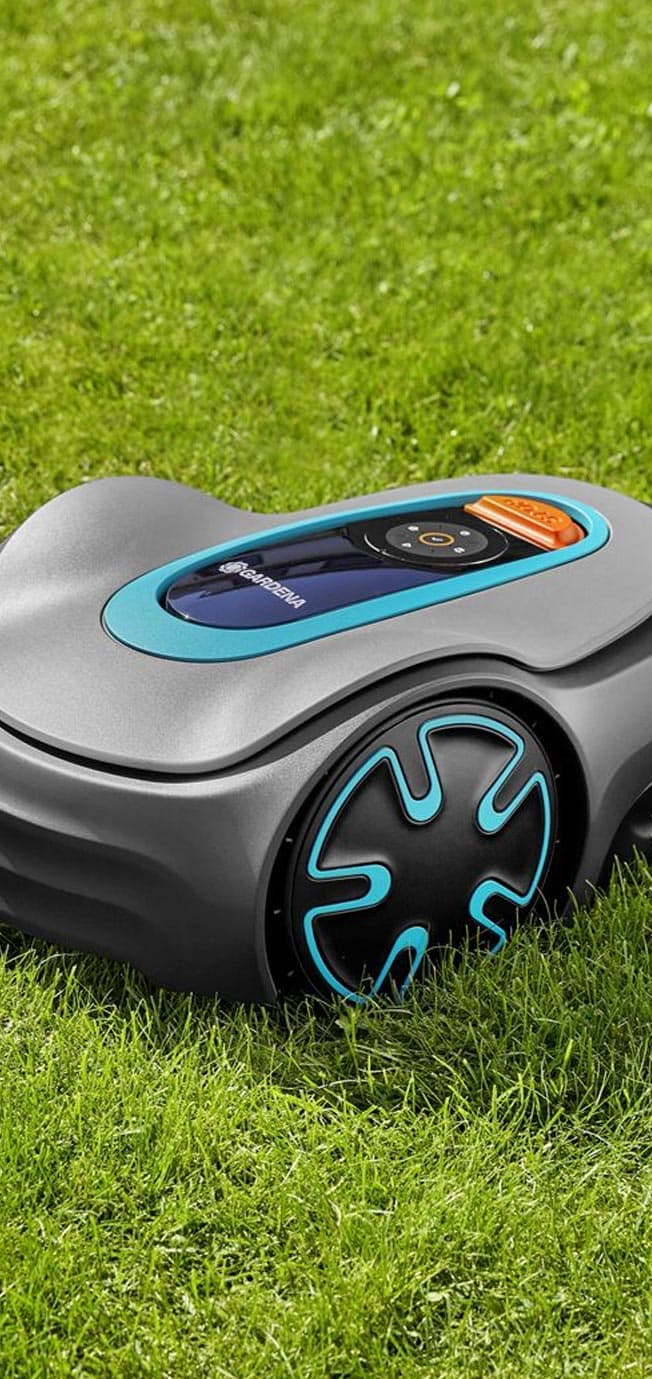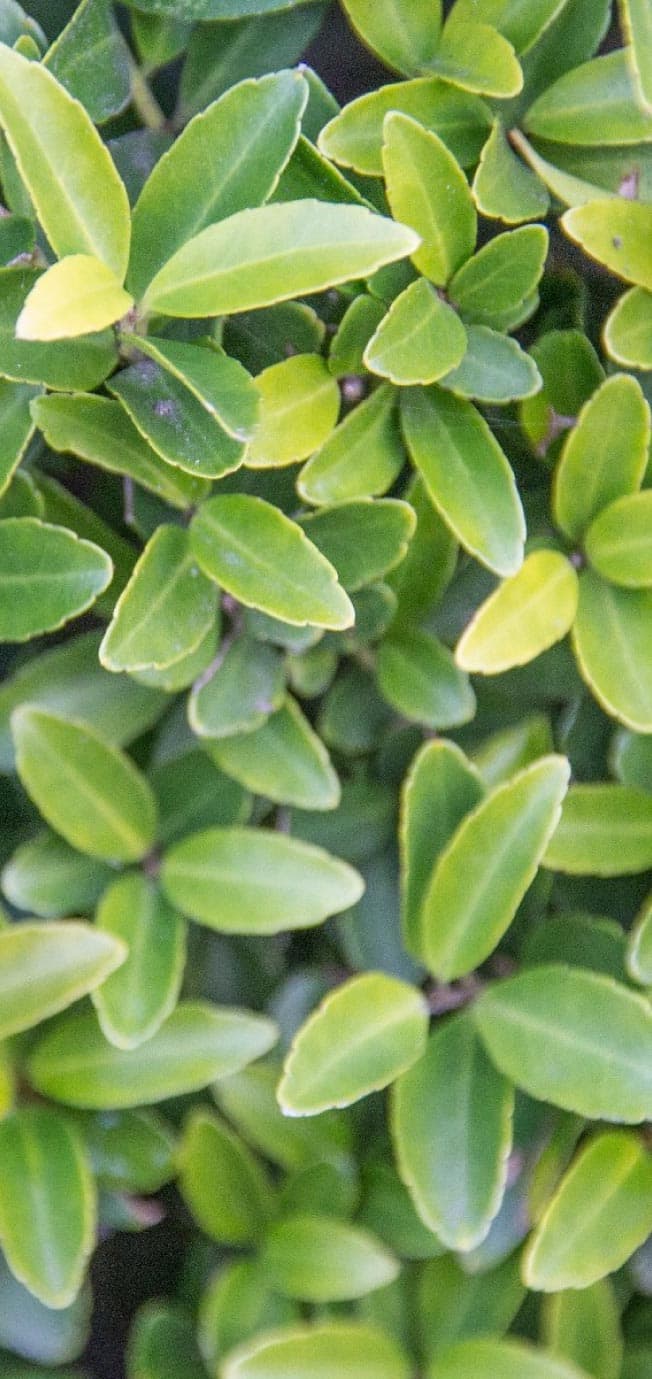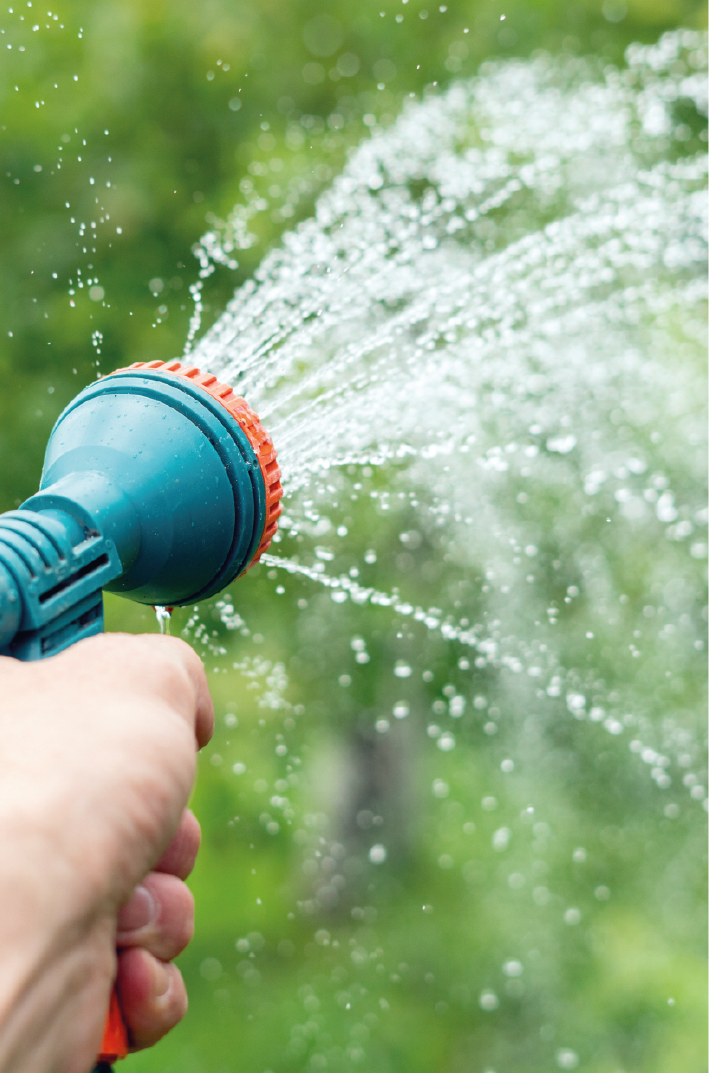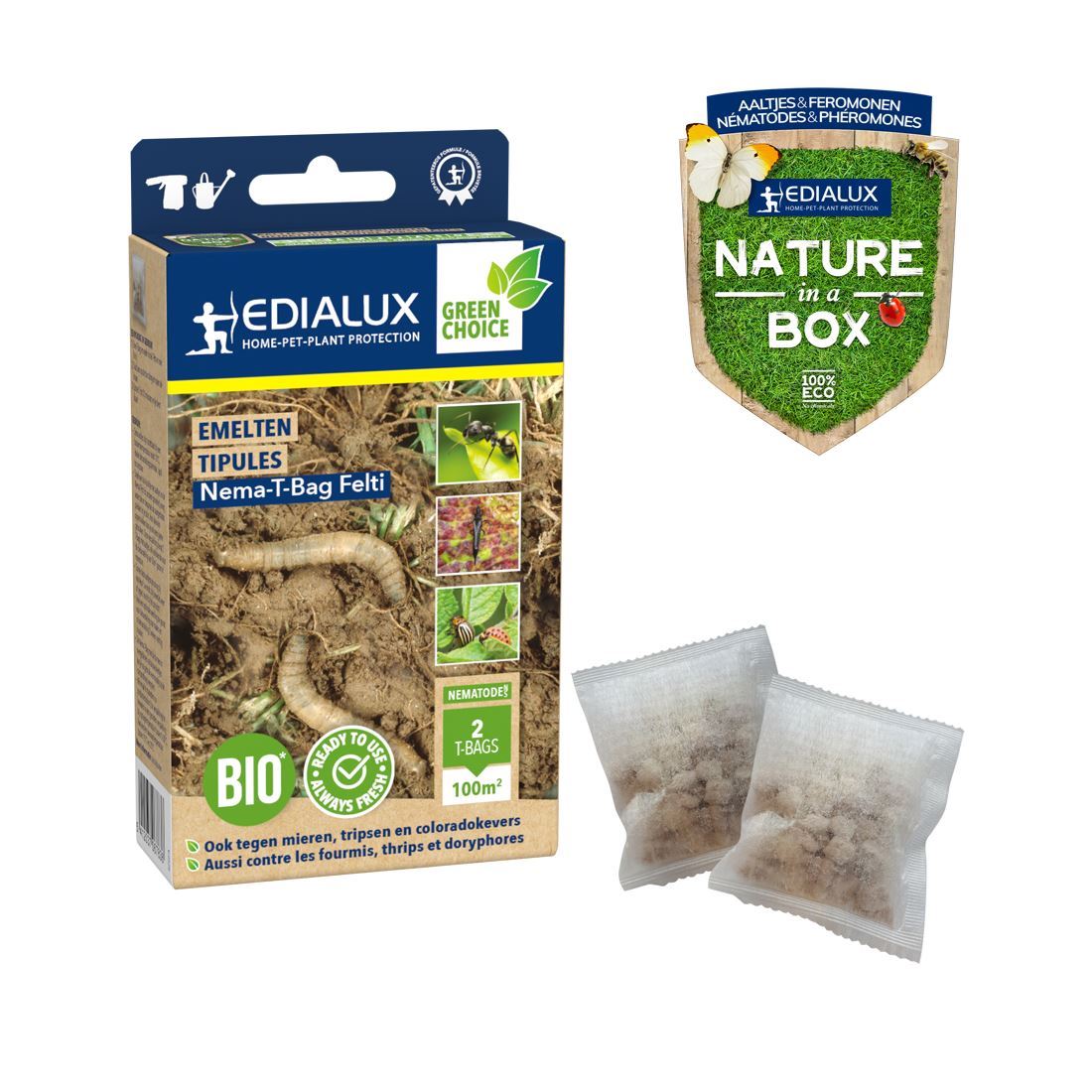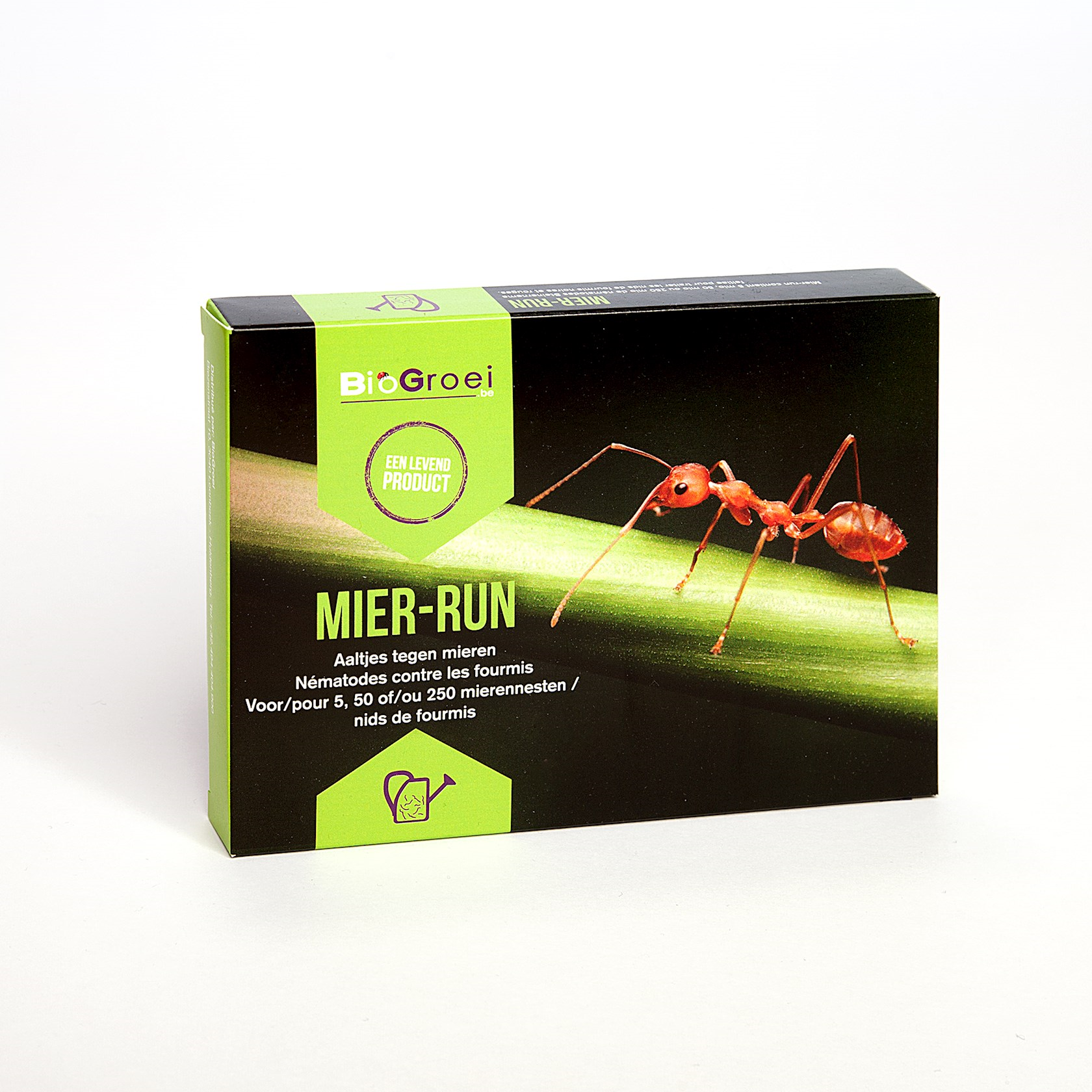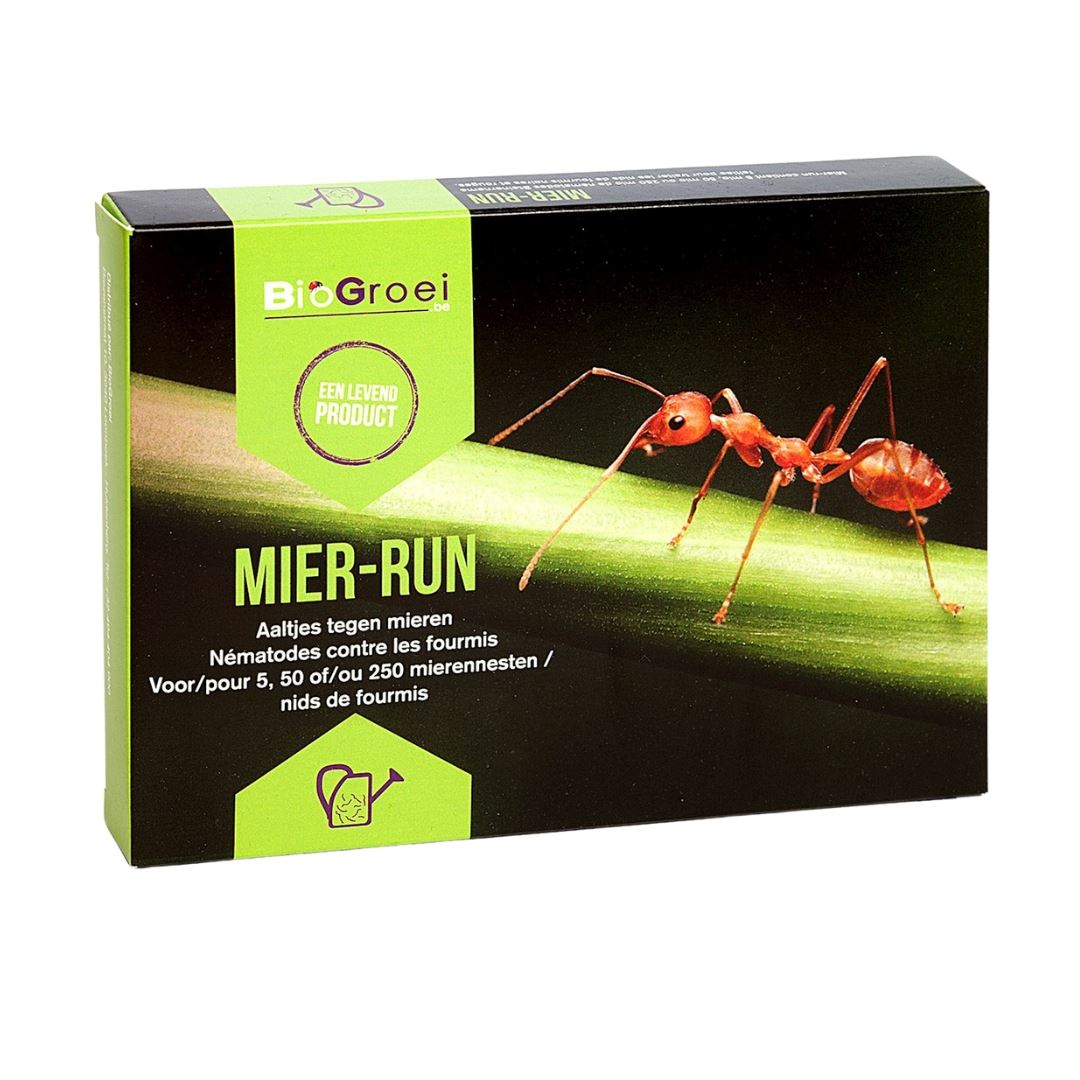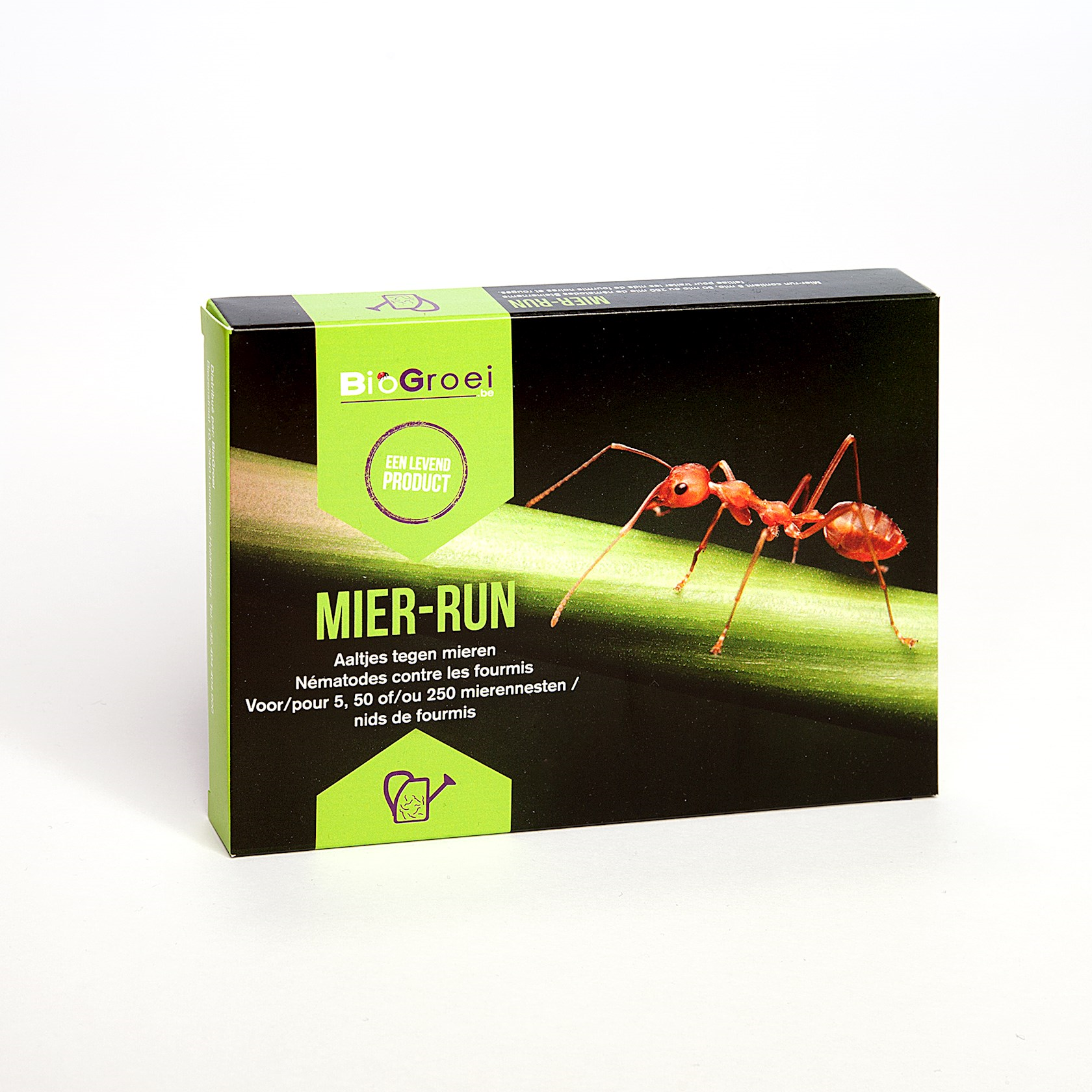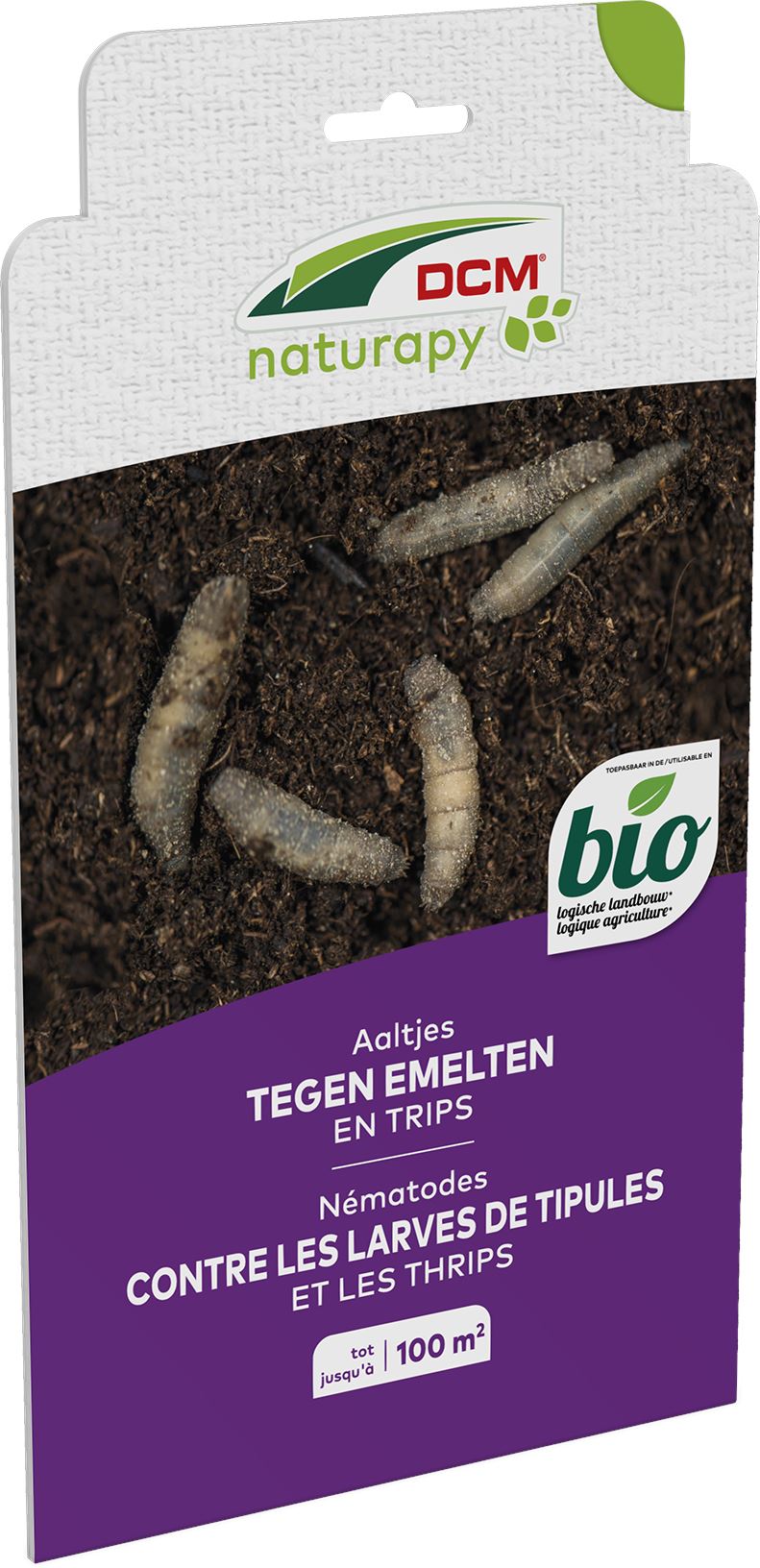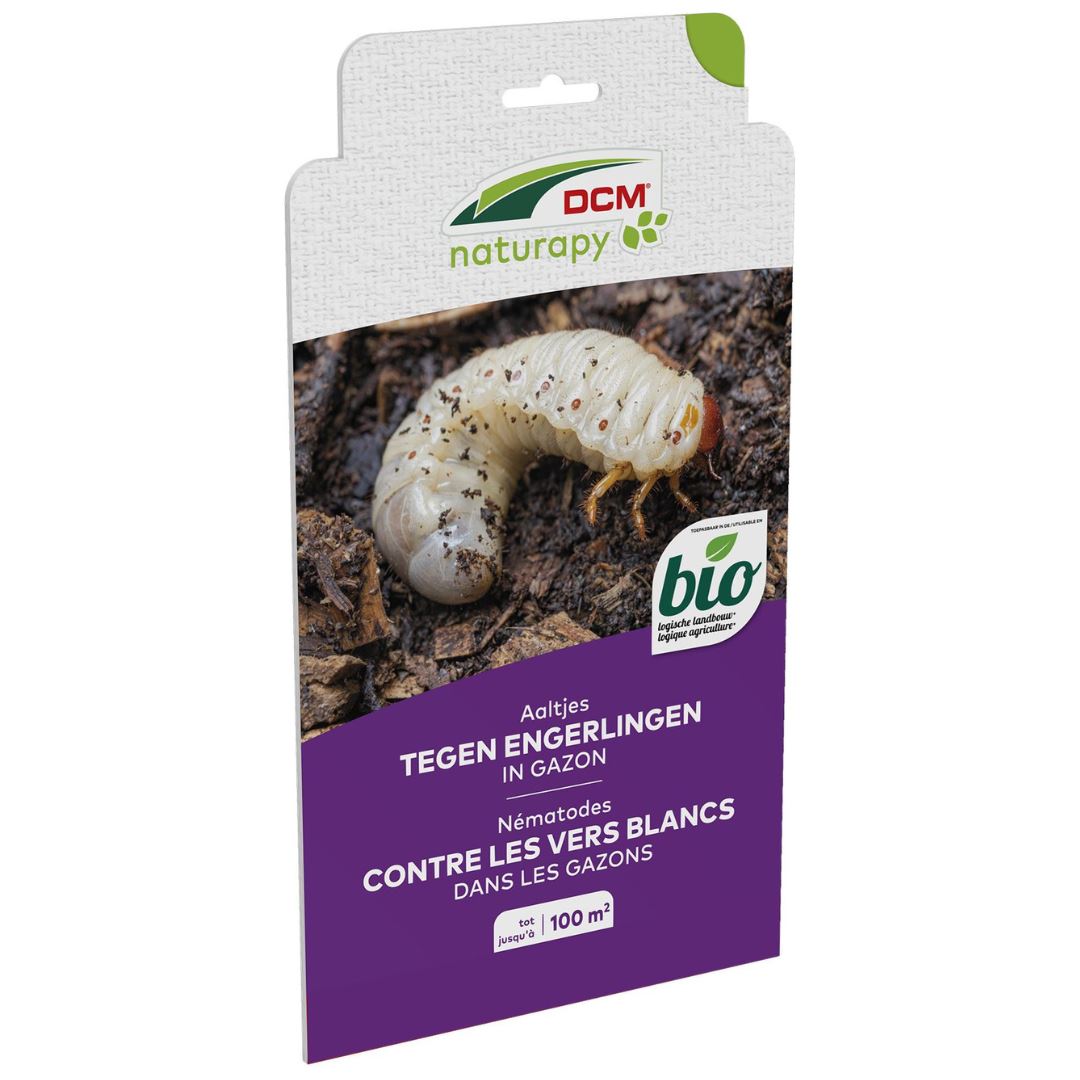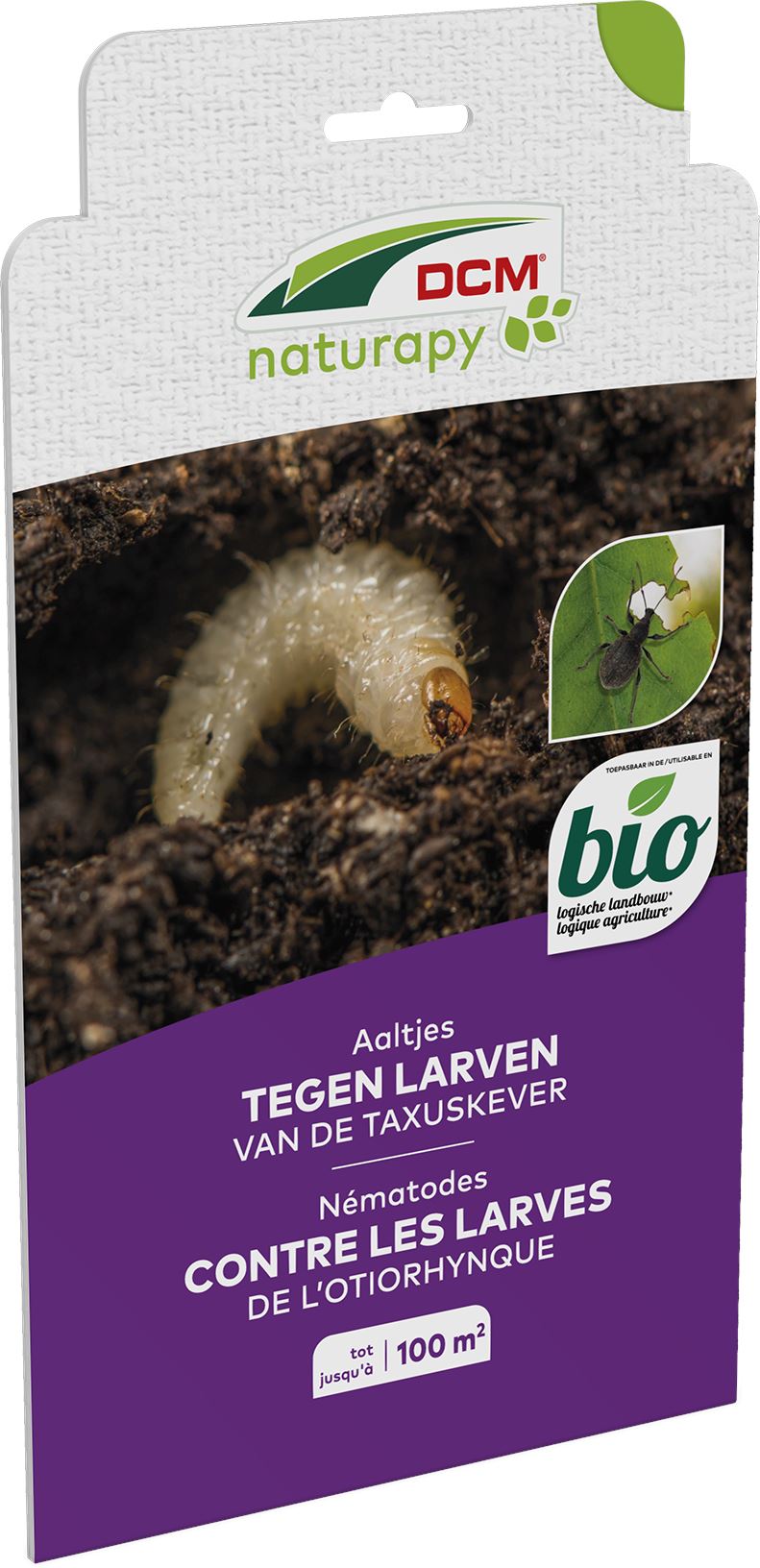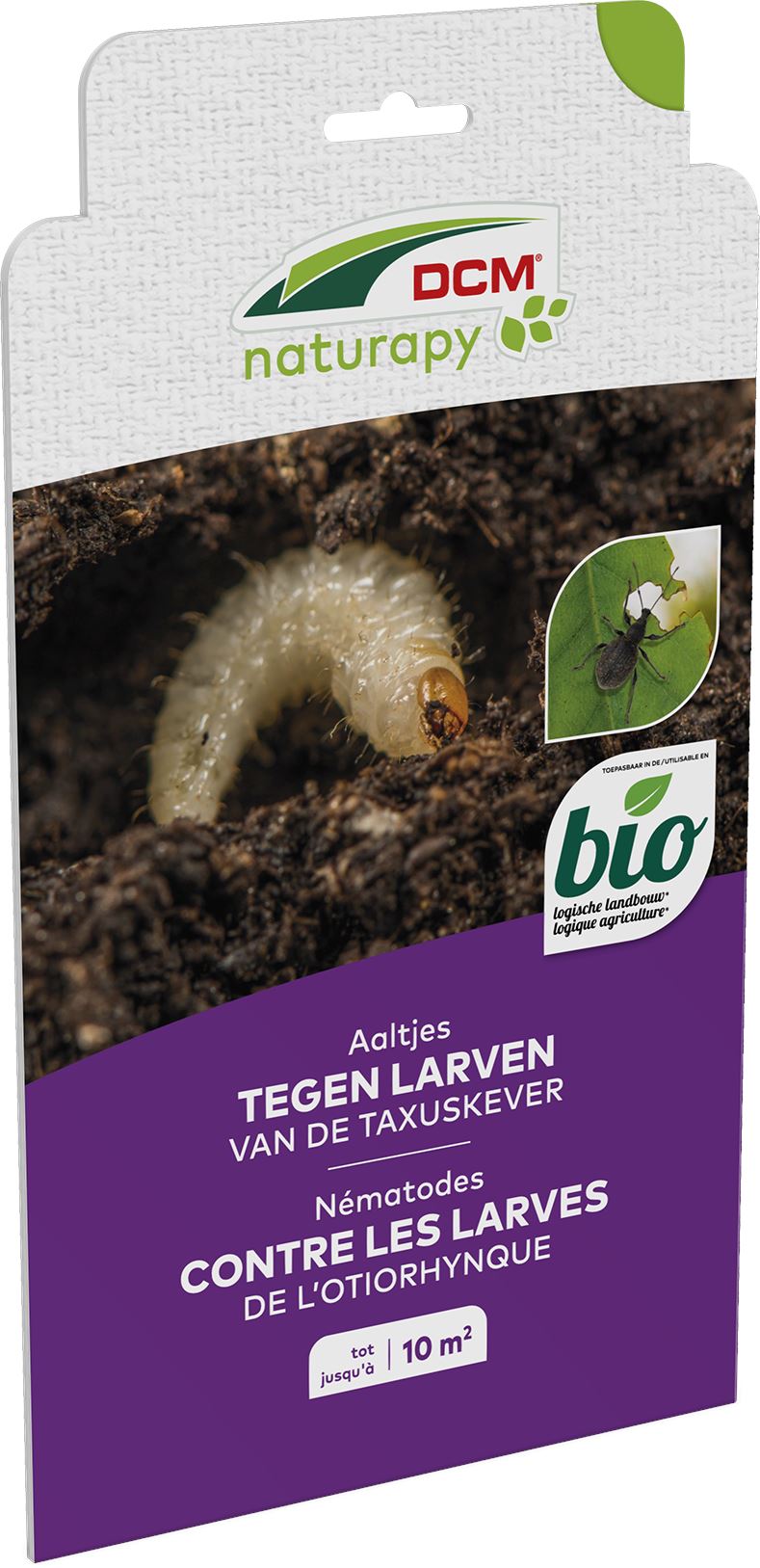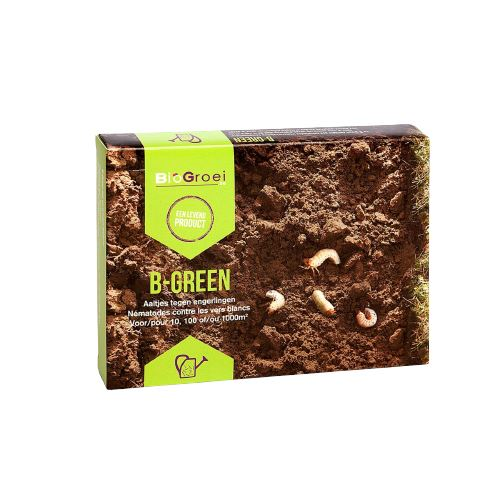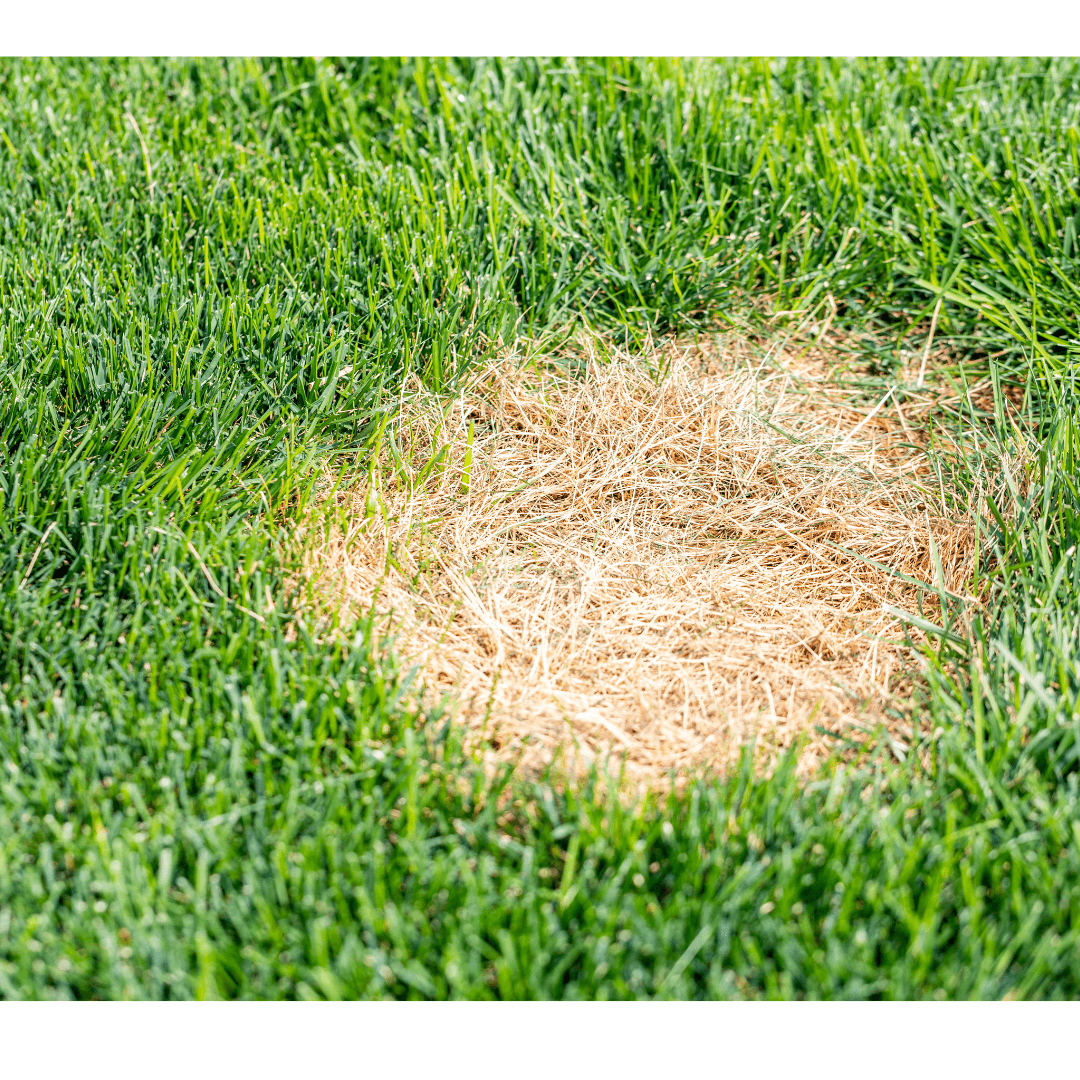
Help! Yellow spots in my lawn!!
Naturally, you would prefer to have as green and even a lawn as possible. But sometimes circumstances crop up that make this not the case. Yellow or brown patches in the lawn are one of the most common - and also one of the biggest - frustrations of many lawn owners. Yellow or brown spots in the lawn spoil the beautiful image of your garden and, moreover, they can have a whole host of causes. Some are easier to solve than others.
Cause 1: Pets

Cause 2: Pest insects
Pest insects often cannot be seen with the naked eye because they are simply not on the surface. Still, you'd rather get rid of them than have them around. Pest insects such as leatherjackets or grubs eat up nutrients and roots, turning grass brown. The best way to check if pest insects are the culprit of yellow spots in the lawn is to dig over the spot with a spade and simply look for pest insects.
The most common pest insects are leatherjackets and grubs and are often immediately mentioned in the same breath.
Grubs are larvae of leaf beetles and can be recognised by their yellowish C-shaped body with a brown head. Scarab grubs feed on grass roots, turning the grass brown.
Leatherjackets in turn are larvae of crane flies and can be recognised by their dark grey-black body. Leatherjackets feed on the young shoots in the grass. From their hiding place underground, they pull down young grass and eat it. Grass dies as a result and may come loose.
Solution: In both cases, nematodes are the solution. These are a type of roundworms that are harmless to your lawn but are the natural enemy of pest insects. They penetrate the insect after which they infect it with a bacterium. The pest insect will die.
More information on pest insects and how to get rid of them with nematodes

Tip from Marcel
Cause 3: Lawn disease
If you haven't found any pests, your lawn may have been affected by a disease. Lawn diseases can also result in brown or yellow spots in the lawn. Common lawn diseases that manifest themselves as brown spots in the lawn include root rot or red thread. Note that not all lawn diseases have the same remedy. So it is important to identify the lawn disease so that you know how to arm yourself properly.
- Red thread/red grass disease: Only in extreme cases does the grass turn truly red. Usually, this lawn disease manifests as yellow/brown spots in the lawn. The cause is usually nitrogen deficiency combined with overwatering. You can combat red thread by spreading a nitrogen fertiliser and aerating the lawn at the same time.
- Snow mould: In winter or spring, snow mould is a real threat. Often, this fungus becomes visible after snow melts away. This grass fungus destroys not only the grass blades but also the roots. You tackle snow mould by aerating and fertilising with low-nitrogen fertiliser.
- Dollar spot: Dollar spot is a lawn fungus that can be recognised by small brown spots in the lawn. The causes include grass that is cut too short, little air circulation or the presence of moss. You can combat dollar spot by spreading fertiliser with a high percentage of nitrogen or lime.
Cause 4: Overfertilisation
Yes, you can definitely fertilise too much. An excess of nitrogen fertiliser, for example, will burn your grass, leaving you with yellow patches in the lawn. With a spreader, you can normally dose fertiliser better than if you spread it by hand. However, you also need to stay focused. If, when stepping back and forth, you accidentally let one strip overlap too much with the previous one, there will be a brown streak in the grass. Where you started, finished and took turns are also critical points. So pay attention.
Solution: In most cases, over-fertilisation resolves itself and you need to be patient. If necessary, you can spray the soil extensively to clean it. Note: this only applies if the over-fertilisation is not too bad. In cases of over-fertilisation with, for example, lime cyanamide or other simple fertilisers, chances are your lawn will be completely destroyed and you will have to remove it.
Read about (the dangers of) lime cyanamide
Cause 5: Dehydration or burn
At Hermie's the grass is always greener and soon with you as well thanks to our tips! 👇
- Avoiding and controlling weeds in your lawn: the step-by-step plan
- Scarify your lawn healthily
- Overseeding in winter, a beautiful and weed-free lawn in spring
- A strong lawn with autumn fertiliser
More info? Receive all our gardening tips directly in your mailbox!
We'll only email you handy facts, green advice and our best promotions & discounts. You'll receive it about once a week and you can unsubscribe at any time. No spam, promise 🤞

